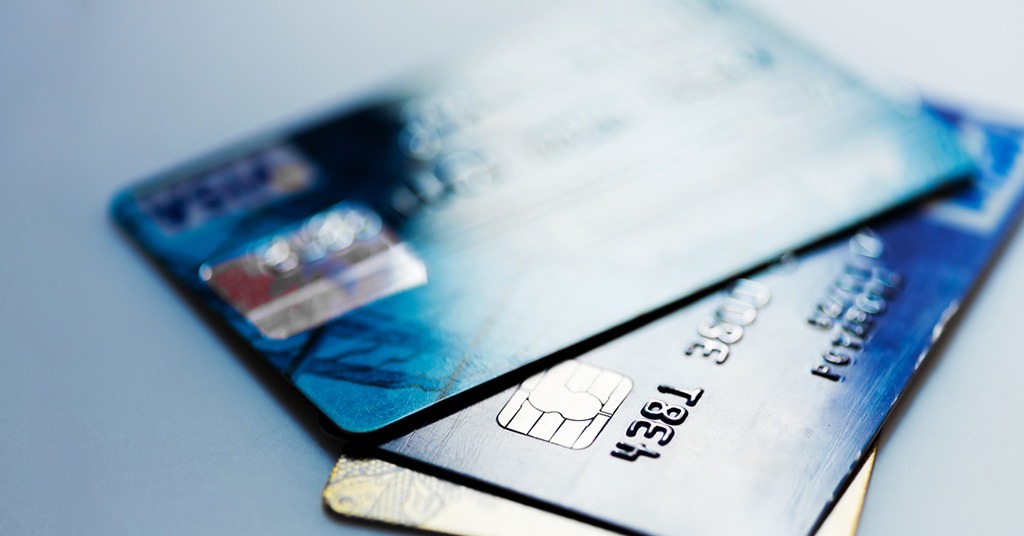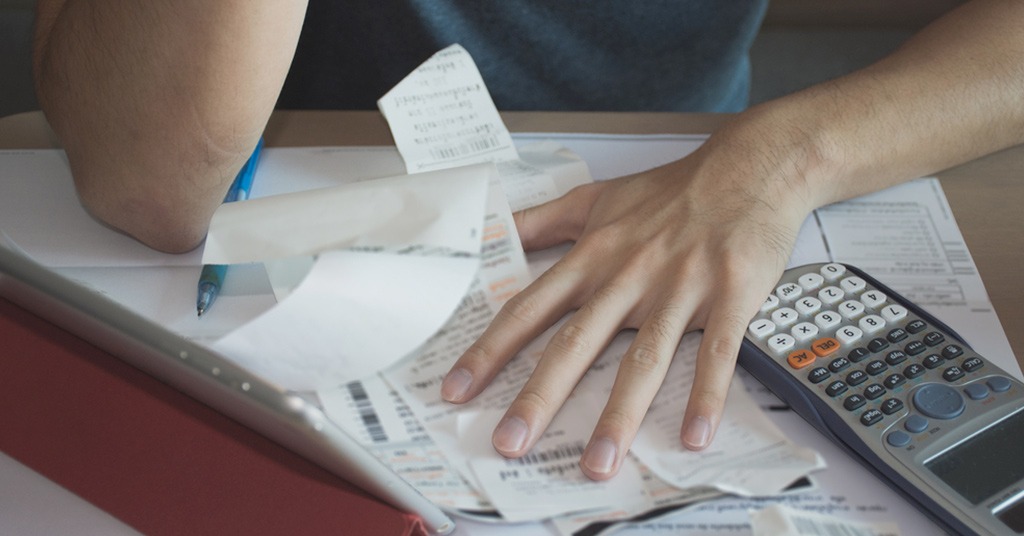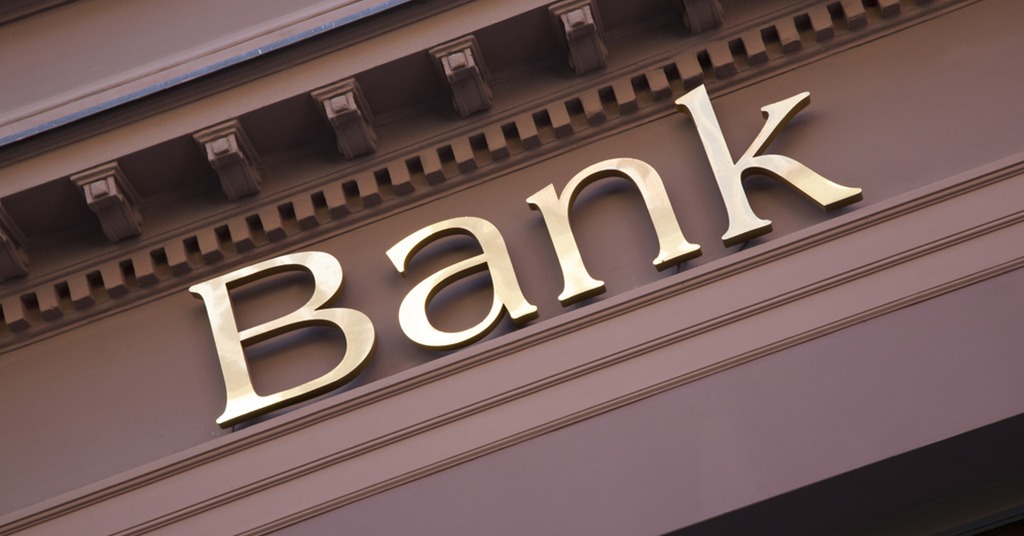How to have the money returned in a conflict situation? File a chargeback request

What is chargeback and when it is needed. Source: shutterstock.com
Welcome to the 21st century. Most of us use bank cards nowadays, so there is no surprise e-commerce and online shopping thrives more than ever. VISA and Mastercard are the most commonly used payment systems, and we use these payment service providers almost every day. What do we do when we need to pay for something online? In short, we input our credit card information, verify the required data, and confirm the transaction. As a result, our money goes to a merchant/broker/service provider, and we have our purchase, receive service, or top up the account. Or, we don’t get the purchased item/service, and this is a quite possible scenario. How to handle this situation? How to have the money returned? There is a simple answer — file a chargeback request.
Today, PaySpace Magazine will help you to figure out what chargeback is and when it is needed.
What is a chargeback?

Each of us risks losing their money every single day. Source: shutterstock.com
In today’s world, the age of wire transfers, available in almost any place on the planet, each of us risks losing their money every single day. It can be a fraudster salesman, phishing online store, unreliable broker company, and anything you can’t even imagine. After all, a merchant could merely go bankrupt, or an online store could be DDoS attacked.
But we live in the civilized world, and it would be weird if major payment service providers wouldn’t have any instruments to protect their clients’ transactions from fraudulent merchants and online scammers.
Thus, payment systems have the right tools to fight even unauthorized usage of clients’ cards, regardless of the country these cards were issued in. Cardholders can get their money back with the help of chargeback, whether a card was stolen, or an online seller appeared to be a crook.
The biggest card-issuing institutions are very concerned about the security of their clients’ payments and transfers. And when we say security, we mean not just PIN or 3-D Secure. A chargeback is the real last resort of a customer’s defense.
The major payment systems most often help to resolve chargeback issues regardless of the country you live (or made a purchase) in.
How to file a chargeback?
If you want a refund, you have to visit a branch of your card-issuing institution. Your primary aim is to prove that a merchant sold you goods of unsatisfactory quality, did not deliver a full service under specified conditions, or you happened to be a victim of fraud (or just lose your card and can’t control any unauthorized transactions).
However, it is vital to remember that you should specifically prove that you’ve got every reason to file a chargeback.

You’ll have to provide documents that can prove that a company you accuse of fraud really owes you money. Source: shutterstock.com
You’ll have to provide documents that can prove that a company you accuse of fraud really owes you money. Any bank is merely an intermediary between two sides (payer and recipient). That’s why a financial institution must have a good reason to return your money.
For example, if it was a fraudulent online store, which delivered you an item of poor quality, you can use any supporting documents, a receipt, together with photos and videos of the item in question.
The reasons to file a chargeback request:
- An item/service is not delivered
- The delivered item does not match the description, or its packaging is not complete
- A merchant does not respond to your claims about the item’s quality, or refuses to make a full refund
- A merchant accidentally charges you twice
- Your card was stolen/lost and crooks manage to make purchases or transactions (the same applies to card stolen data, related to phishing, eavesdropping, etc)

Visit a branch of your card-issuing institution. Source: shutterstock.com
How to file a chargeback request:
- Visit a branch of your card-issuing institution
- To draft and register a statement about a refund (in other words – complete a chargeback report). It can be accomplished verbally, in writing, or by email. The report should contain as much detailed information as possible. Everything that points at a merchant’s mistake will increase your chances of a getting refund: payment date, total cost, store/company name, receipt copy, a photo of the item (or video of its unsealing), screenshots of a dialogue with the salesman/company, etc.
- Get the contact details of the person who is in charge of your issue. Check the status of your inquiry regularly
- Receive a final decision.
And last but not least, Visa recommends filing a chargeback during the first 75-120 days after you have disputed the payment, while MasterCard claims you have up to 120 days to implement this.
SEE ALSO:









